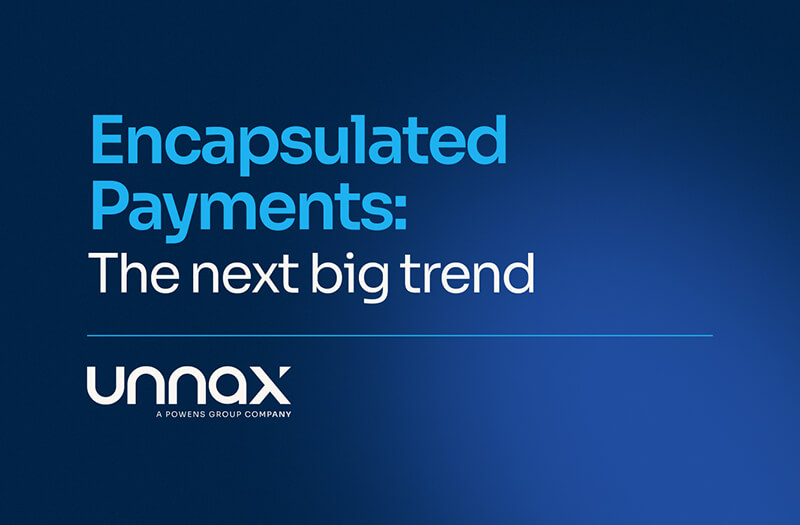Maybe most companies and consumers aren’t aware of it yet, but many things have already changed (since January 2018) in the financial and banking services ecosystem in the European Union. This past January, the new EU directive on payment services, PSD2, went into force. Plus, the countdown is on for member nations to transpose the European directive to national law (they must do so by 2020). And another deadline is also looming: after the PSD2 technical standards are adopted by the European Commission, the industry will have a year and a half to implement them. Tick, tock, tick, tock…
Open Banking: a change that’s got big backing
The change (which is destined to revolutionise the financial services industry) didn’t start with the European payments directive. However, it is true that PSD2 multiplies (and clarifies) the opportunities available to all stakeholders willing to participate in the new panorama. The core idea is to promote open banking, forcing traditional financial institutions to give third parties access to the data they have on their clients. With one condition: the clients have to authorise the operator beforehand. This authorisation is granted to third party payment service providers (TPP).
As we’ve said, nothing is totally new, but there are practices that are being organised and given a push. Some years ago, FinTech companies burst on the traditional (and reticent to innovation) financial services scene. Using technology, they provided their clients with new products or improved existing ones in areas like, for example, user experience. Now, any FinTech companies interested (and other operators) can register as account information service providers (AISPs) or payment initiation service providers (PISPs).
Secure bank payments and real-time access
Other issues regulated by the new directive are those regarding security and immediacy. In terms of the former, we mean, for example, stronger authentication. This means service users have to provide several types of identification (for example, a biometric coordinate and a passcode) before gaining access. Legislators don’t want the transfer of account information to third parties to make transactions less secure. Nor for this sensation (even if it is only a perception and not real) to slow the move towards open banking.
We also mentioned immediacy. In principle, access to clients’ data must be through an open-code API (application programming interface) from banks. This way, the technological foundation that has driven FinTech firms, and with them the market offering, will also leverage a paradigm shift in the post-PSD2 era. But TPPs having access to clients’ data for, for example, initiating payment wouldn’t be worth much if the process were long and complicated. The idea is for client authorisation, access to data and initiation of service to happen immediately.
And this is just the beginning
This reality, which is just around the corner, will change many situations: for example, for a FinTech marketplace like Unnax, it is an opportunity to design new products and work in a setting with clearer, more transparent rules. Companies that decide to use APIs developed by third parties will find a wider range of services on offer to promote their business. Consumers will be able to choose the best, most personalised services, companies that care about customer service and charge fewer and lower fees. And banking will no longer be a closed sector with hardly any competition. Banks will have to jump on this opportunity, which comes through innovation, if they want to continue to be relevant in this new panorama. Payments, direct transfers, financial management, loans… Everything has started to change, although, for now, we’ve only seen the tip of the iceberg. At Unnax we want to show you the part of the revolution that hasn’t emerged yet. Want to get a peek at the change with us?









